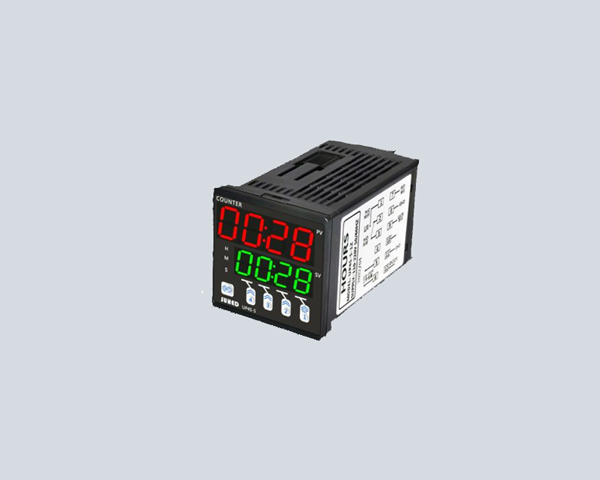The development of time relays has been a fascinating journey that traces the advancement of technology and engineering throughout the last century. From rudimentary electromechanical devices to sophisticated solid-state components, time relays have continuously evolved to meet the ever-changing needs of control systems. The development history of time relays can be broadly categorized into four stages:

1. Early Electromechanical Time Relays:
Time relays trace their origins back to the early 1900s when engineers began experimenting with automatic control mechanisms. The first generation of time relays were crude electric or pneumatic devices that relied on motors or clockwork mechanisms to control a set of contacts. As technology progressed, these electromechanical time relay devices became more refined and found widespread use across various industries, from traffic signals to industrial processes.
2. Advancements in Electromechanical Relays:
By the mid-20th century, electromechanical time relay systems had advanced significantly. Engineers developed more precise mechanisms utilizing complex gear assemblies and ratcheting devices, thereby enabling more accurate timing control. Furthermore, improved materials and manufacturing techniques resulted in enhanced durability and reliability, solidifying the importance of time relays in control systems.
3. Emergence of Solid-State Time Relays:
The invention of the transistor in 1947 marked the beginning of a new era in electronics, paving the way for solid-state components. Throughout the 1960s and 1970s, solid-state time relays began emerging, utilizing transistors and other semiconductor technologies to switch electrical loads. This development was a major breakthrough, offering many advantages such as longer lifespans, faster response times, and lower power consumption compared to their electromechanical counterparts.
4. Digital and Microcontroller-Based Time Relays:
In the late 20th century, the increasing prevalence of integrated circuits and microcontrollers led to a new generation of digital time relays. These devices featured built-in digital displays that allowed for more precise control and ease of use, further improving the flexibility of time relays. Additionally, digital time relays could be programmed with multiple timing functions, offering greatly expanded versatility in control system applications. Today, these modern time relays continue to evolve, incorporating ever-advancing microcontroller and IoT technology to deliver improved accuracy, features, and connectivity.
Throughout its development history, the time relay has been an essential building block of control systems and automation. Its relentless evolvement has shaped industries and enabled complex, precise processes that have revolutionized the way we live and work today.

